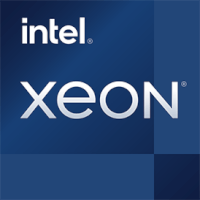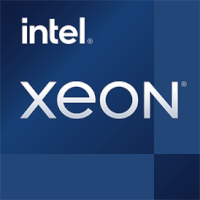

| Intel Xeon E7-4890 v2 | Intel Xeon E7-4820 v2 | |
| 2.80 GHz | Frequency | 2.00 GHz |
| 3.40 GHz | Turbo (1 Core) | 2.50 GHz |
| 3.40 GHz | Turbo (All Cores) | 2.50 GHz |
| 15 | Cores | 8 |
| Yes | Hyperthreading ? | Yes |
| No | Overclocking ? | No |
| normal | Core architecture | normal |
| no iGPU | GPU | no iGPU |
| DirectX Version | ||
| Max. displays | ||
| DDR3-1600 | Memory | DDR3-1600 |
| 4 | Memory channels | 4 |
| Max. Memory | ||
| Yes | ECC | Yes |
| -- | L2 Cache | -- |
| 38.00 MB | L3 Cache | 16.00 MB |
| PCIe version | ||
| PCIe lanes | ||
| 22 nm | Technology | 22 nm |
| LGA 2011 | Socket | LGA 2011 |
| 155 W | TDP | 105 W |
| VT-x, VT-x EPT, VT-d | Virtualization | VT-x, VT-x EPT, VT-d |
| Q1/2014 | Release date | Q1/2014 |
| show more detail | show more detail |
Cinebench R15 is the successor of Cinebench 11.5 and is also based on the Cinema 4 Suite. Cinema 4 is a worldwide used software to create 3D forms. The single-core test only uses one CPU core, the amount of cores or hyperthreading ability doesn't count.
Cinebench R15 is the successor of Cinebench 11.5 and is also based on the Cinema 4 Suite. Cinema 4 is a worldwide used software to create 3D forms. The multi-core test involves all CPU cores and taks a big advantage of hyperthreading.
Some of the CPUs listed below have been benchmarked by CPU-Benchmark. However the majority of CPUs have not been tested and the results have been estimated by a CPU-Benchmark’s secret proprietary formula. As such they do not accurately reflect the actual Passmark CPU mark values and are not endorsed by PassMark Software Pty Ltd.